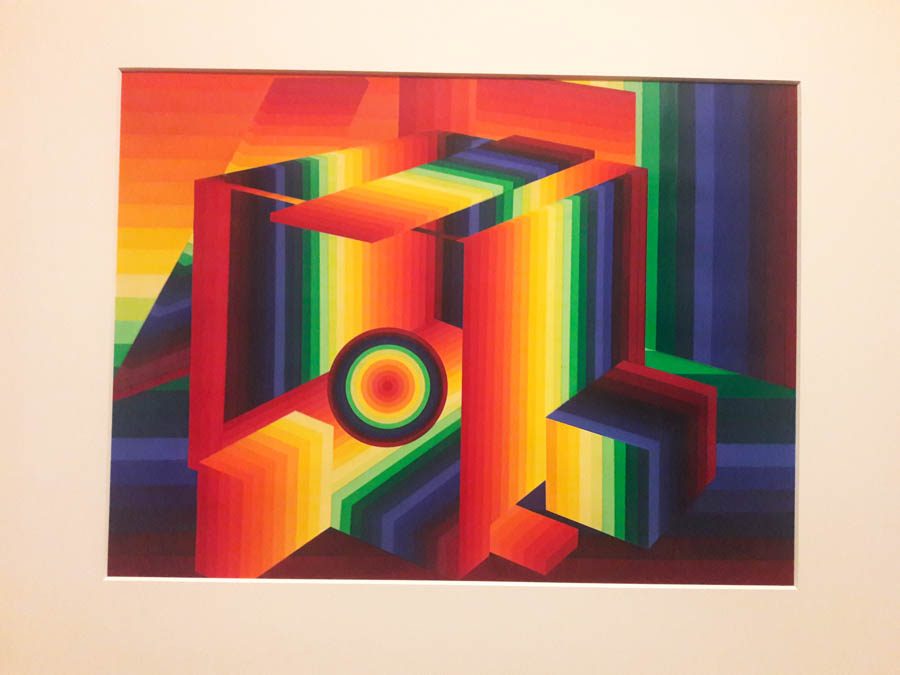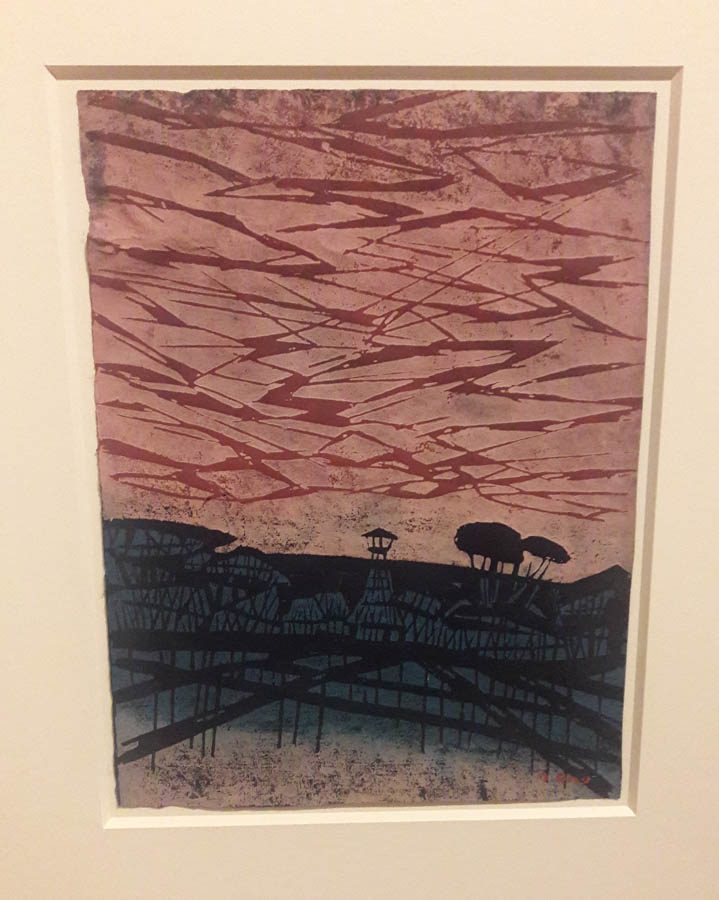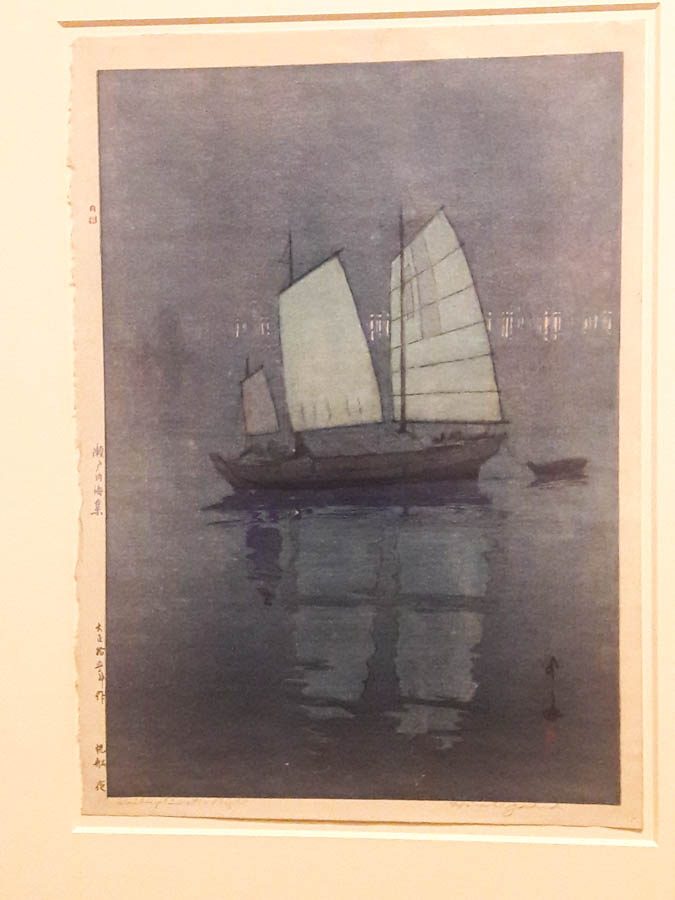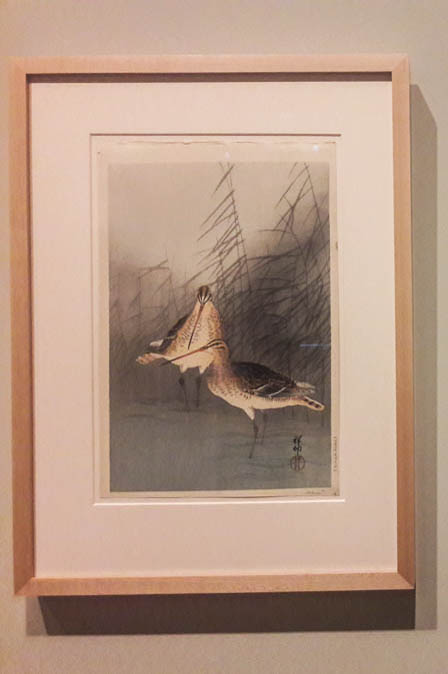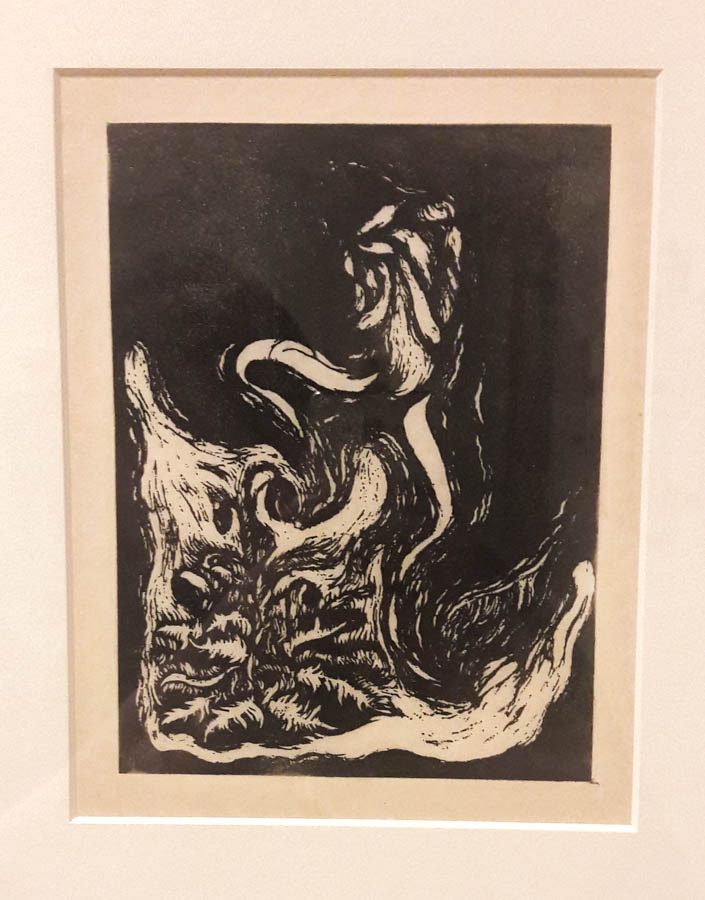A Century of Japanese Prints
I recently visited the St. Louis Art Museum to view an exhibition called A Century of Japanese Prints. It was curated by Rhiannon Paget, an author and curator of Asian art, and presented a collection of modern and contemporary Japanese prints from the 20th and 21st centuries, almost all of which were woodblock prints.
Woodblock printing is created by carving an image into a block of wood and covering it in ink (or sometimes paint) to transfer an image onto paper or fabric. In Asian woodblock printing, watercolors are applied with a brush and the inked motifs are then rubbed onto a dry or moistened paper.
Classic lumbers used in woodblocks are mainly fruit-bearing trees like cherry or pear, which make for detail-rich sketchings. In contrast, linden and poplar are easier to cut but also splinter more easily.
Printing is a time-consuming art form, and woodblock printing is even more so. It takes an incredible amount of skill and craftsmanship to create a woodblock print, and it deserves to be appreciated just as much as any other art form.
Quotations followed by an asterisk* are descriptions given by the St. Louis Art Museum.
